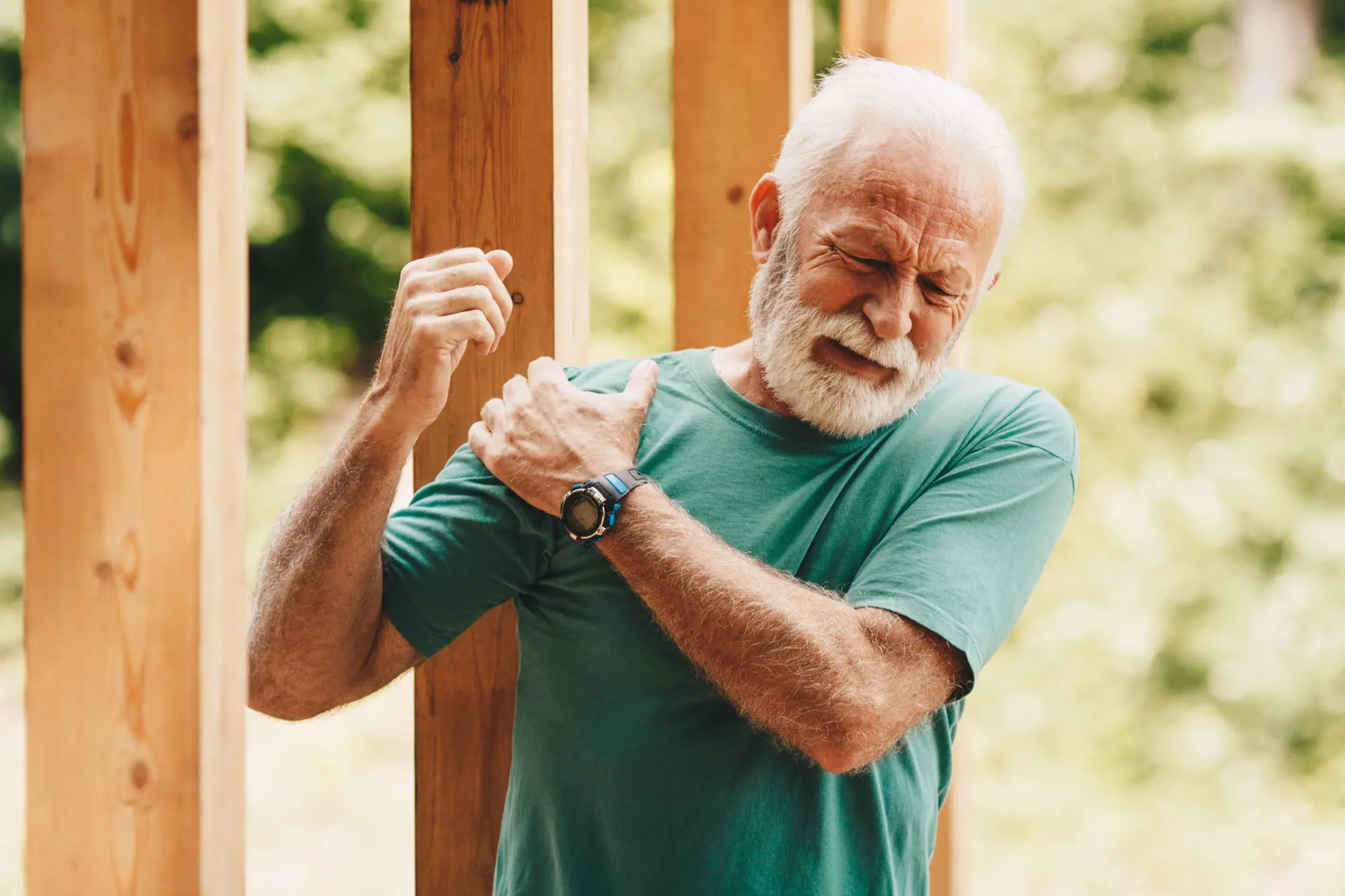Summary of Muscle Pain or Fatigue From Statins? What Cholesterol Patients Need To Know:
According to a recent study published in the Journal of the American College of Cardiology, Statin therapy does not worsen muscle injury, pain, or fatigue in people engaging in moderate-intensity exercises, such as walking. The study found that prolonged moderate-intensity exercise is safe for statin users and can be performed to maintain a physically active lifestyle and derive cardiovascular health benefits. The findings reassure people who experience muscle pain or fatigue from statins but need physical activity to keep their cholesterol levels low and their hearts healthy. No correlation was found between leukocyte CoQ10 levels and muscle injury markers or muscle pain scores.
*****
Statins Safe for Active Seniors: Moderate Exercise Does Not Increase Muscle Injury
Statins are the primary medications to lower LDL or “bad” cholesterol and are crucial in preventing cardiovascular disease (CVD) events. However, some people who take statins experience muscle pain and weakness, making it challenging to engage in physical activity.
The benefits of physical activity in preventing CVD are well-established, so it is essential to determine the impact of statins on muscle injury during exercise. Fortunately, a recent study published in the Journal of the American College of Cardiology found that statin therapy does not exacerbate muscle injury, pain, or fatigue in individuals participating in moderate-intensity exercises, such as walking.
What Did the Study Find?
The study compared the effects of moderate-intensity exercise on muscle injury in symptomatic and asymptomatic statin users and non-statin-using controls, finding no significant differences between the groups. All participants walked 30, 40, or 50 km (18.6, 24.8, or 31 miles) per day at a self-selected pace for four consecutive days.
The researchers excluded anyone with diabetes, hypo- or hyperthyroidism, or other diseases are known to cause muscle symptoms, as well as those using CoQ10 supplementation. No differences were found in body mass index, waist circumference, physical activity levels, or vitamin D3 levels among the three groups at baseline.
The researchers found that statins did not exacerbate muscle injury or muscle symptoms after moderate-intensity exercise. They also found no correlation between leukocyte CoQ10 levels and muscle injury markers, muscle fatigue resistance, or muscle pain scores.
Why Is This Study Important?
The findings reassure people who experience muscle pain or fatigue from statins but need physical activity to keep their cholesterol levels low and their hearts healthy. While previous research has shown that vigorous exercise might increase muscle damage in some statin users, this study suggests that moderate exercise is safe and effective.
Many patients who develop statin-associated muscle symptoms may avoid exercise because of muscle pain, weakness, and concerns about worsening the pain. However, training is essential for restoring and maintaining fitness in people at increased risk for cardiovascular disease or who have had a cardiovascular event.
What Are the Implications?
The study results have implications for seniors who take statins and might be concerned about engaging in physical activity. The findings suggest that prolonged moderate-intensity exercise is safe for statin users and can be performed to maintain a physically active lifestyle and derive cardiovascular health benefits.
Seniors taking statins can continue to enjoy the benefits of walking, swimming, or another moderate exercise to keep their hearts healthy without worrying about exacerbating muscle injury or pain.
What Is the Future Direction?
More extensive randomized controlled trials are needed to examine further the relationship between statin use and exercise-induced muscle injury, pain, and fatigue, especially with vigorous exercise. Future studies should also consider different types of physical activity among statin users, including resistance and high-intensity interval training.
Conclusion
A recent study published in the Journal of the American College of Cardiology found that statin therapy does not exacerbate muscle injury, pain, or fatigue during moderate-intensity exercise, allowing users to maintain an active lifestyle safely.
Seniors who take statins can safely engage in physical activity, such as walking, to derive cardiovascular health benefits without exacerbating muscle injury or pain. Future studies are needed to elucidate further the relationship between statin use and exercise-induced muscle injury, pain, and fatigue with different types of physical activity.



Comments are closed